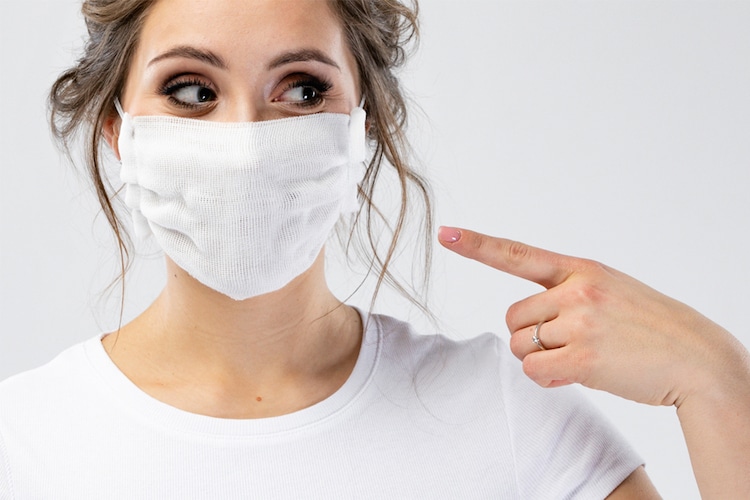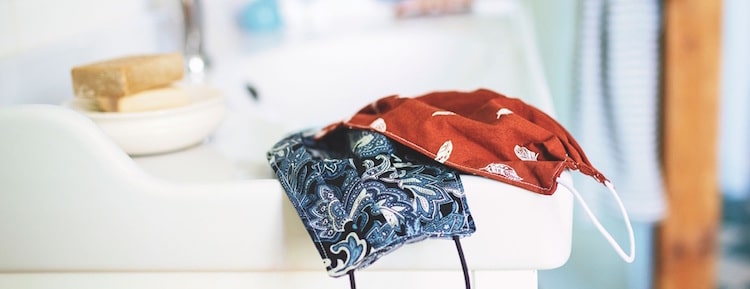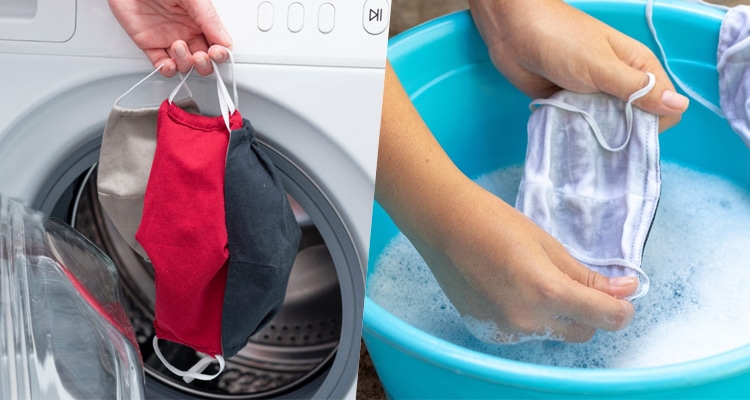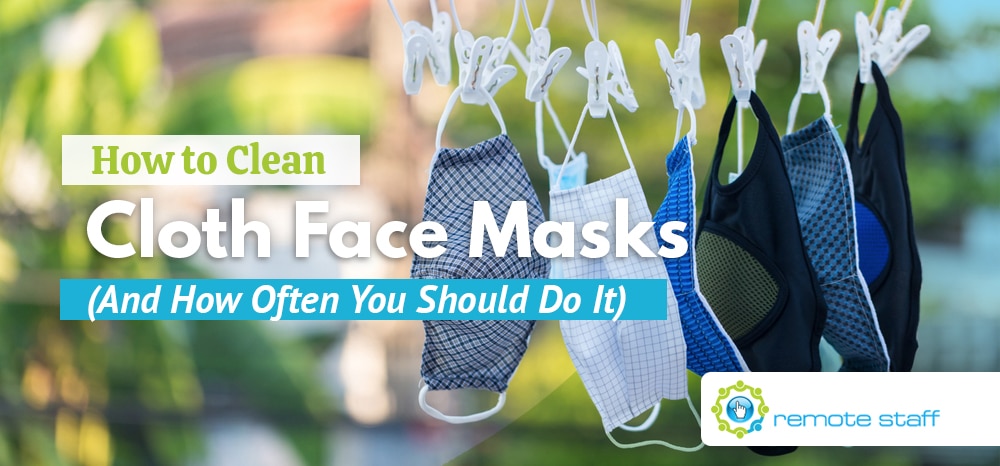Apart from staying home as much as possible, wearing a mask is the most effective way to slow or perhaps even stop the spread of covid-19.
Since we have yet to achieve widespread vaccination (and thus, herd immunity), it’s best to keep our masks on for the time being. This is especially true if we need to go to supermarkets, pharmacies, or anywhere else where social distancing might not be possible.
Related read: You Could Be Fined More Than AUD300 If You Do This With A Face Mask
While there are plenty of disposable face masks available, some have opted for cloth masks. Some want to lessen the amount of waste generated by throwing away face masks every day. Quite a few eschew N95’s or surgical masks to reserve these for medical frontliners.
Should you prefer to use cloth face masks for whichever reason, here are some useful guidelines.
CDC Guidelines for Cloth Face Coverings

Whether you make your own cloth mask at home or purchase one, they should:
- Fit snugly but comfortable against the side of your face;
- Include multiple layers of fabric;
- Allow for unrestricted breathing;
- Be secured with ties or ear loops;
- Withstand laundering or machine-drying without considerable damage or changing their shape.
Tightly-woven, 100% cotton is especially ideal. This means you can repurpose the fabric from bandanas, pillowcases, curtains, or shirts into face masks. You should, however, avoid knit fabrics as these can generate holes when stretched.
For added protection, you can place a coffee filter, HVAC filter (sans fiberglass), or any nonwoven interface inside the mask. These can further block the particles that you might encounter outside.
How to Clean Face Masks and Face Mask Filters

Regularly cleaning your cloth face masks is just as important as keeping them on. Thus, here are some specific guidelines for cleaning your cloth face masks:
-
- Washing Machine
- Include your mask/s in your regular laundry.
- Use regular detergent and opt for the warmest appropriate water temperature for the cloth.
- Lay flat and allow to dry completely. Otherwise, dry the mask on the highest setting.
-
- Hand Washing
- Check the mask’s label if the manufacturer recommends bleach for disinfection.
- If so, make a bleach solution with 5 tablespoons or ⅓ cup of bleach per gallon of room temperature water. Make sure the bleach contains 5.25%-8.25% sodium hypochlorite.
- Soak the mask in the resulting solution for five minutes.
- Rinse the mask thoroughly with cold water, and then discard the solution down the drain.
- Lay flat and allow to dry completely.
If you choose to use filters, here’s how to clean each sort:
- Coffee Filters. You wouldn’t make coffee with used filters, would you? Hence, you shouldn’t reuse them in your face masks either. Be sure to replace these after each use.
- HVAC Filters. These are meant for single-use, though you can wash them. You can refer to the methods in the previous section, but bear in mind that these filters will be less effective with each wash.
- Medium Weight Non-Woven Cloth Filters. These fabrics are washable, so refer to the washing instructions above.
How Often Should You Clean Your Face Masks?

The jury’s still out on whether the coronavirus can linger on soft fabrics. For now, the consensus is that the virus typically lingers on hard surfaces.
However, it’s best to clean your cloth face mask after each use. Or at the very least, once you get home each day if you need to head out. You never know if someone sneezed in your proximity – and without a face mask on.
Stay safe out there, mates.
Serena has been working remotely and writing content for the better part of the last decade. To date, she's written for Pepper.ph and Mabuhay Magazine, among others, and has churned out more than a thousand articles on everything from The Basics of Stock Market Investing to How to Make Milk Tea-Flavored Taho at home. Hermits, aspiring hermits, and non-hermits with interesting project propositions may email her at serena.estrella10@gmail.com.
























 Zero Recruitment Fee
Zero Recruitment Fee